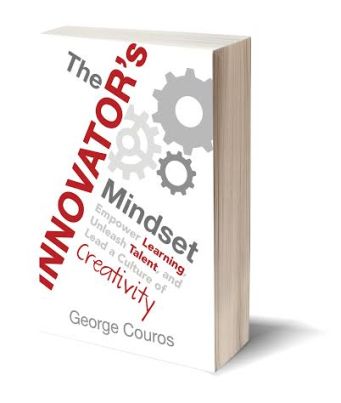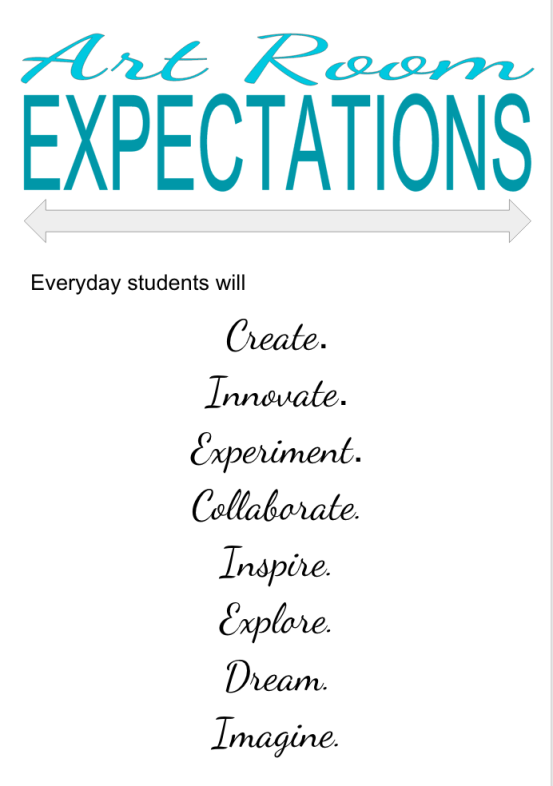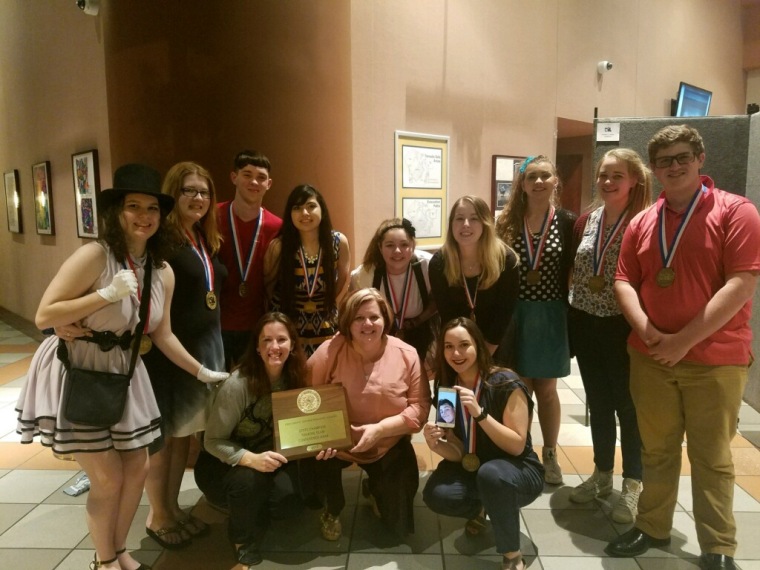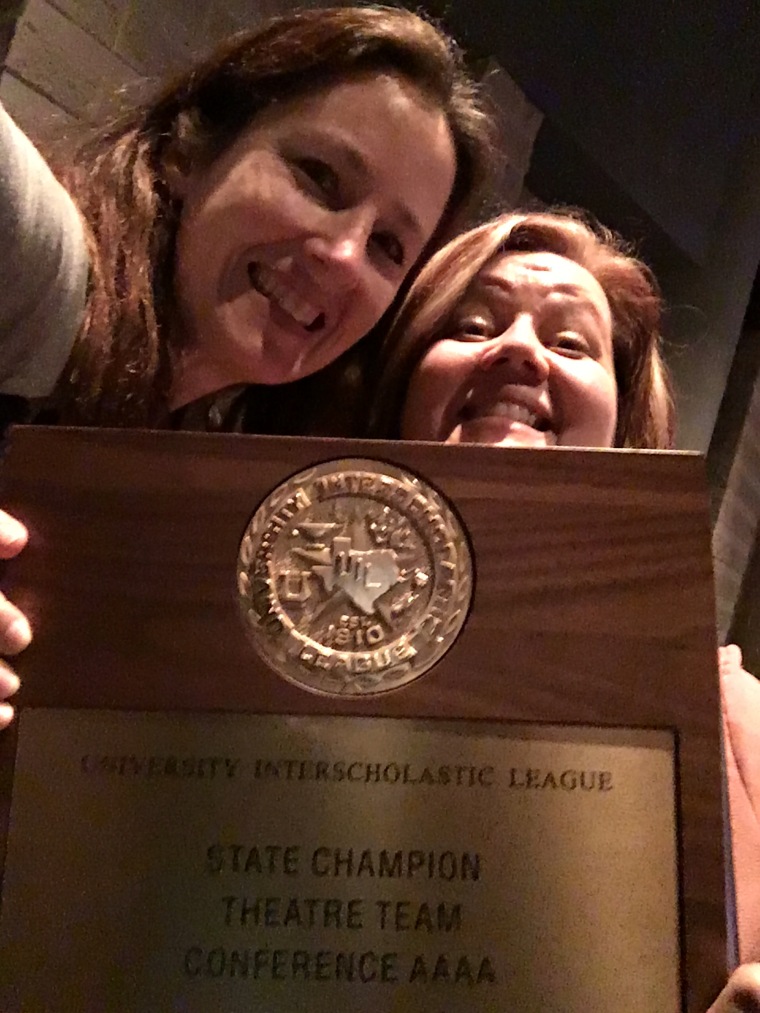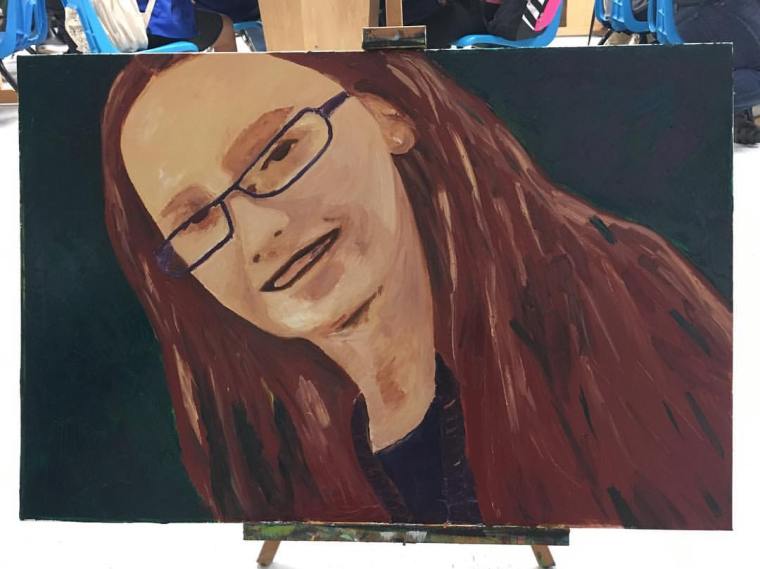PROJECT BASED INSTRUCTION – #EDUBLOGSCLUB PROMPT 17

Teaching in a project based learning environment is:
- exciting
- fun
- loud
- interesting
- chaotic
- engaging
- different everyday
It is not however easy. If a teacher is looking for a simple and quiet environment, a project or problem based classroom is not for him or her…. for that teacher, my suggestion is to stick to the ole’ worksheets and sit back and be bored! A project based classroom is an incredible place to be, but it is work!
Case in point… my classroom. Yes, for the last 9 years I have taught art, but prior to that I taught Economics, Debate, Reading, Creative Writing, Career Investigations, Math, Speech and Theatre and in all of these courses, I used project based instruction. So from a veteran twenty year teacher, I feel like I am a perfect advocate for this type of instruction and learning environment!
So how does project based instruction work? Here is an example..
Over the last few months my art 2 – 4 students have been learning to create logos and to screen print their design on shirts. This project has been a huge undertaking and has lingered on and on!
One of the hardest parts of project/problem based instruction for the teacher is understanding that your schedule, your bundled curriculum, and your lesson plans might just have to be thrown out of the window for the good of the students!
EEK! Yes, I did just say that! But, what I have learned is that while I might have to adjust my plans to make problem based learning work, it is worth it. And, in order to give all of my students time to process and consider the problem or the process, I have students work through the project in stages or increments with breaks for other assignments built-in (this also catches me up on my bundle..) So for example, here is my logo design screen printing project timeline:
Early February: Create a logo for art using a custom graphic and just one color. Students created this by hand and/or digitally. The students that worked quickly set their design aside and moved to a different project. The students that worked slowly were given a couple more class days to work and then had time outside of class to continue working on their own time. Students were told at this point to bring a tshirt and a frame for their screen.
Late February: Students learned how to cut green screen film. This was time-consuming. As the students completed this they were able to adhere their film to their screen and print.. if they brought their supplies. However, after a couple of class days, students were asked to move to a different assignment and finish cutting as they had time between other projects.

attach screen to frame

adhere film to screen

print
March: Students were expected to have frames and shirts at school. Some did. Some didn’t. As students would complete a different project they were given time to continue their screen printing project. This ebb and flow of the project worked to my advantage as students would get excited when they would see student’s completed work and then want to figure out how to finish their project. I would completely move on and not mention the project for days at a time.
April: Not much happening on the screening of shirts. We were busy with other projects and contests. If a student wanted to work on this project, I let them. But I pretty much ignored it until the late April when I gave a hard deadline that we would be finishing the project the first week of May.
This forced those that had been procrastinating or forgetful to get busy! This was a week of seeing months of on and off work completed.
And why now after all of this time? Because the second Tuesday of May is the day we take our big group picture where everyone wears their creation!
I can’t wait to show those off! I wore one shirt yesterday and am wearing a different design today!
So do all of my students have shirts to wear?
NOPE! And that is one of the real life lessons from project based instruction. I gave lots of opportunities to work, create, problem solve and get help, but in the end, the students had to complete the work for themselves. This week I had one of my oldest, most advanced students get left behind because she missed too many deadlines and never got her green film adhered to the screen. Sad, but that’s part of life and truly one of the best lessons learned with project based instruction.
Do I consider the project successful?
YES! The joy on student’s faces when they successfully created something that could be worn is worth the effort! Besides the fact that I cover a truckload of the required essential skills (TEKS) in this one project, I pride myself on the fact that these students leave with tangible job skills.
Do all of my project based lessons take so long?
YES and NO! Some project based instruction is fast, some is slow. After years and years of this type of teaching I have learned how to weave the projects and expectations of lessons in and out and have multiple things going on in my classroom at one time. This process works for me.. but it would drive some teachers crazy. I get that.
Is project based learning or problem based learning?
Let me give you an example… I teach four sections of art 1. I really wanted to do a problem based instruction unit on ceramic molds. I knew that this would not work with all of my art 1 classes. So, three classes did a manageable PROJECT based ceramic project where they learned how to create a clay monster and a clay box.
This was PROJECT based… meaning I knew the exact outcome I wanted, but the students still had to experiment, learn and explore the entire process and create a product.
The remaining class whose class dynamics were right for the PROBLEM were given the option to do the project like the other classes or take on the problem. They of course, chose the problem which was to experiment, learn, explore and create using ceramic molds.
The outcome of their problem was not a given. I refused to be anything more than a facilitator and mentor. They loved the process and worked tirelessly for weeks!
For me, the difference between the project and the problem is the willingness for me to let go of the final product. In the world of art, students are constantly working with a project based instruction model.
But when I used problem based instruction, I have to take a step back and let the students drive the process. This happens less often as so much of what we do is for contests. However, when we do, magic happens!
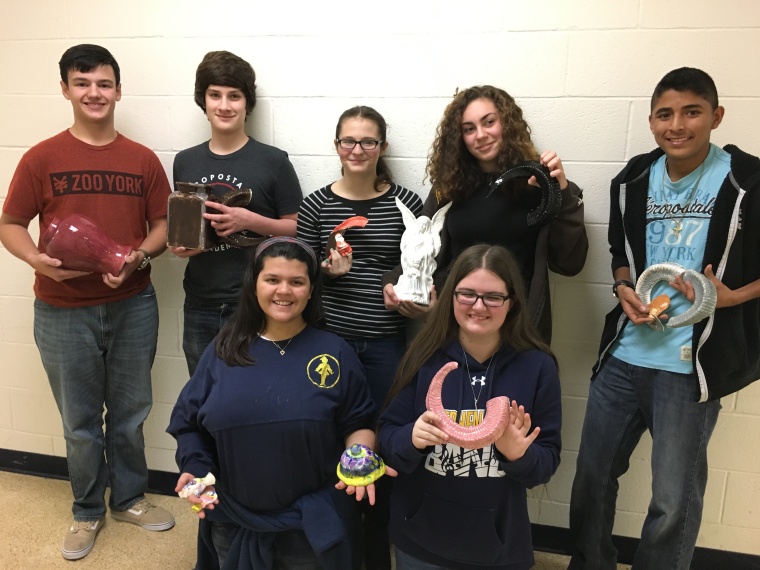
So in the end, whether you are interested in using Project Based Instruction or Problem Based Instruction, I challenge you to just do it. Giving students hands-on applicable work transforms classrooms, student’s attitudes about school and gives student’s a sense of pride and ownership. Yes, it is a lot of work, but it is SO WORTH IT!

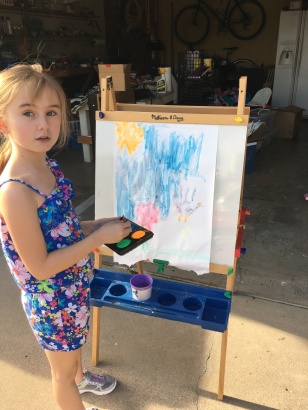
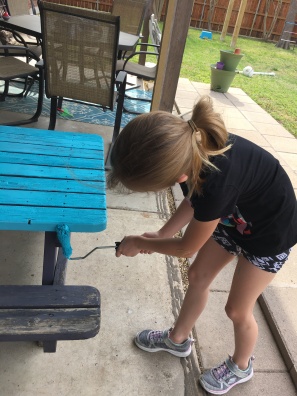


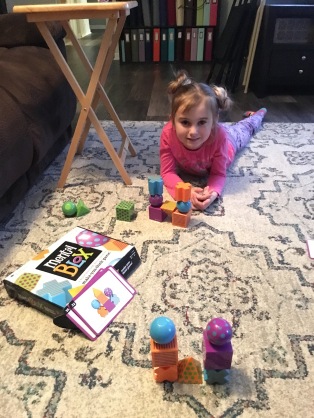
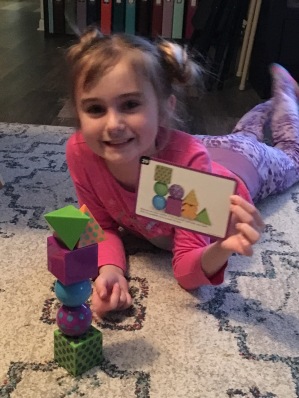
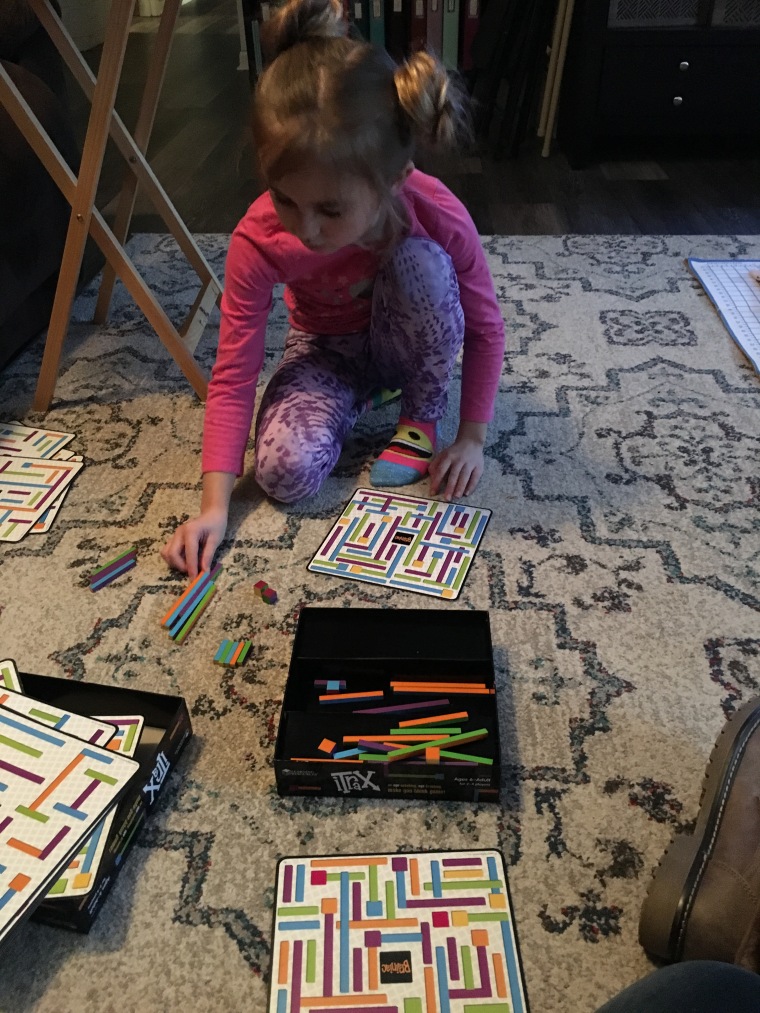

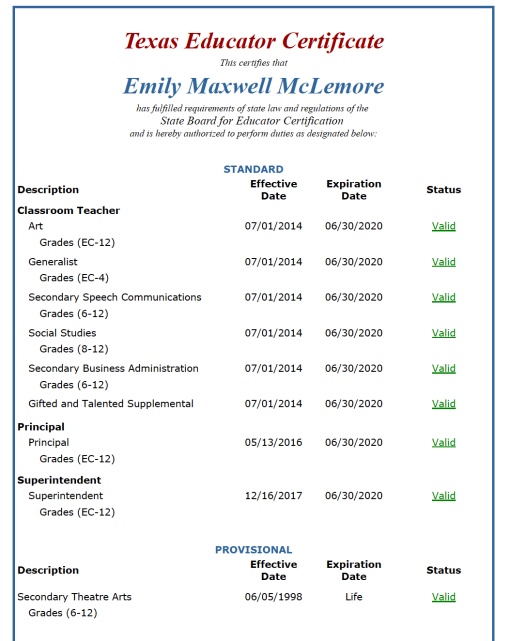
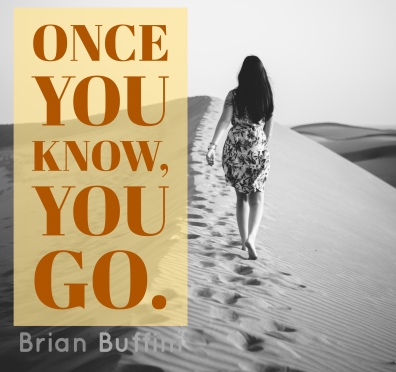 How often do we choose to live in the land of the wishy washy choice so that we don’t have to go all in on something? I know that I do it. And I’m an “all in” personality.. Big time! But there are areas of my life that I need to be reminded to “go big or go home.”
How often do we choose to live in the land of the wishy washy choice so that we don’t have to go all in on something? I know that I do it. And I’m an “all in” personality.. Big time! But there are areas of my life that I need to be reminded to “go big or go home.”

